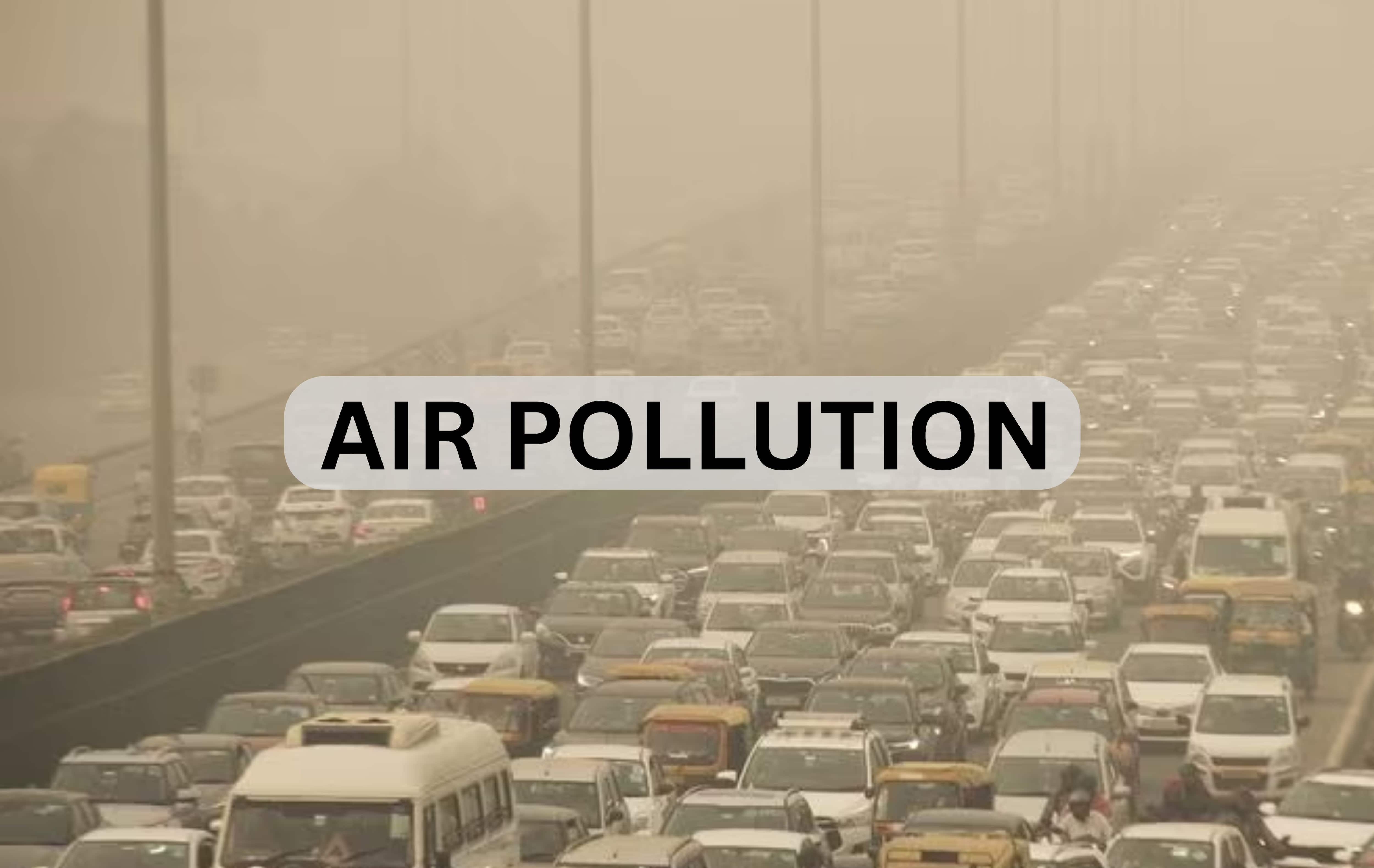 |
|
The National Capital Region (NCR), encompassing Delhi, Noida, Gurugram, and Ghaziabad, continues to grapple with severe air pollution. Tuesday morning saw the overall Air Quality Index (AQI) for Delhi categorized as 'very poor', a range indicating levels between 301 and 400. This signifies a significant threat to public health, with residents experiencing reduced air quality across numerous areas. The pervasive smog, a visible manifestation of the poor air quality, underscores the urgent need for effective mitigation strategies. The data, sourced from the Central Pollution Control Board (CPCB) portal (airquality.cpcb.gov.in), reveals a concerning pattern of elevated AQI readings across various monitoring stations within the NCR.
A detailed breakdown of the AQI readings from different locations within the NCR paints a grim picture. In Delhi, stations such as Shadipur (386), Rohini (363), and Vivek Vihar (366) recorded exceptionally high AQI levels, well within the 'very poor' range. Other areas, including Alipur, Anand Vihar, Ashok Vihar, and Bawana, also experienced AQI values exceeding 340, indicating severely compromised air quality. While some areas such as Lodhi Road (291) and Chandni Chowk (292) reported slightly lower AQI values within the 'very poor' category, the overall trend remains alarming. The inconsistencies in AQI readings across different locations highlight the uneven distribution of pollutants within the city and the complexity of effectively addressing the issue.
The situation extends beyond Delhi's city limits. While some areas in Noida and Greater Noida reported relatively lower AQI readings within the 'moderate' to 'poor' range, others like Sector-116, Noida (259), experienced significantly higher levels. Similarly, Ghaziabad showed a mixed picture, with Indirapuram recording an AQI of 187 (categorized as 'moderate') while Loni reached 269 ('poor'). Gurugram also recorded a range of AQI levels, with some areas like NISE Gwal Pahari (340) showing 'very poor' air quality, while others remained within the 'poor' category. This uneven distribution across the NCR necessitates a regionally coordinated approach to pollution control and management. The data suggests that the problem is widespread and requires comprehensive strategies targeting multiple sources of pollution.
Understanding the AQI scale is crucial to interpreting these figures. An AQI of 0-50 signifies 'good' air quality, while 51-100 is 'satisfactory', 101-200 is 'moderate', 201-300 is 'poor', 301-400 is 'very poor', and 401-500 is 'severe'. The consistently high AQI readings across multiple stations in the NCR highlight the persistent and widespread nature of the air pollution problem. The long-term health implications of exposure to such poor air quality are severe and include respiratory illnesses, cardiovascular diseases, and other health complications. The need for immediate and sustained intervention is paramount to protect the health and well-being of the millions of residents in the NCR.
Addressing the air pollution crisis in the NCR requires a multifaceted approach involving various stakeholders. This includes stricter emission standards for vehicles and industries, improved waste management practices to reduce burning of garbage, effective control measures to curb construction dust, and promoting the use of public transportation and cycling. Furthermore, increased public awareness campaigns are essential to educate residents about the health risks associated with air pollution and encourage individual actions to mitigate its effects. Regional cooperation between Delhi and the surrounding states is critical to ensure a coordinated and effective response to this shared environmental challenge. Without a concerted and sustained effort from all parties involved, the NCR will continue to suffer from the debilitating effects of severe air pollution.
